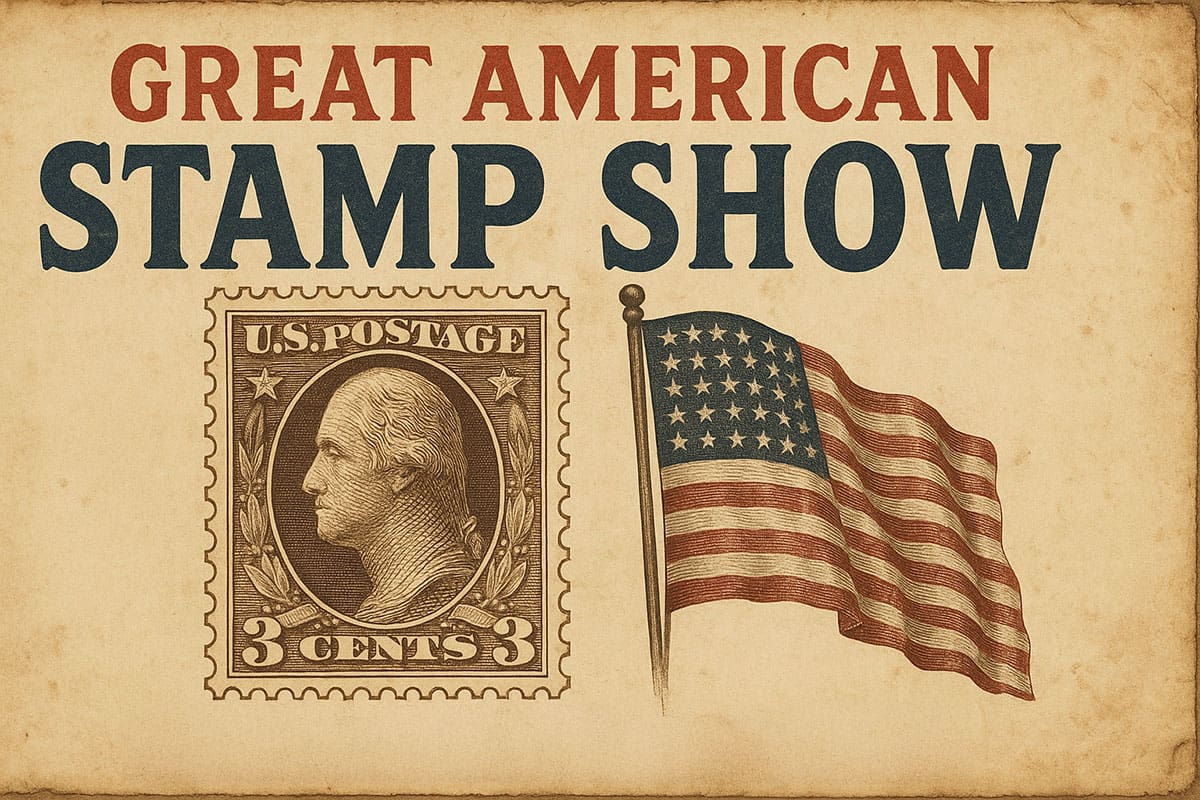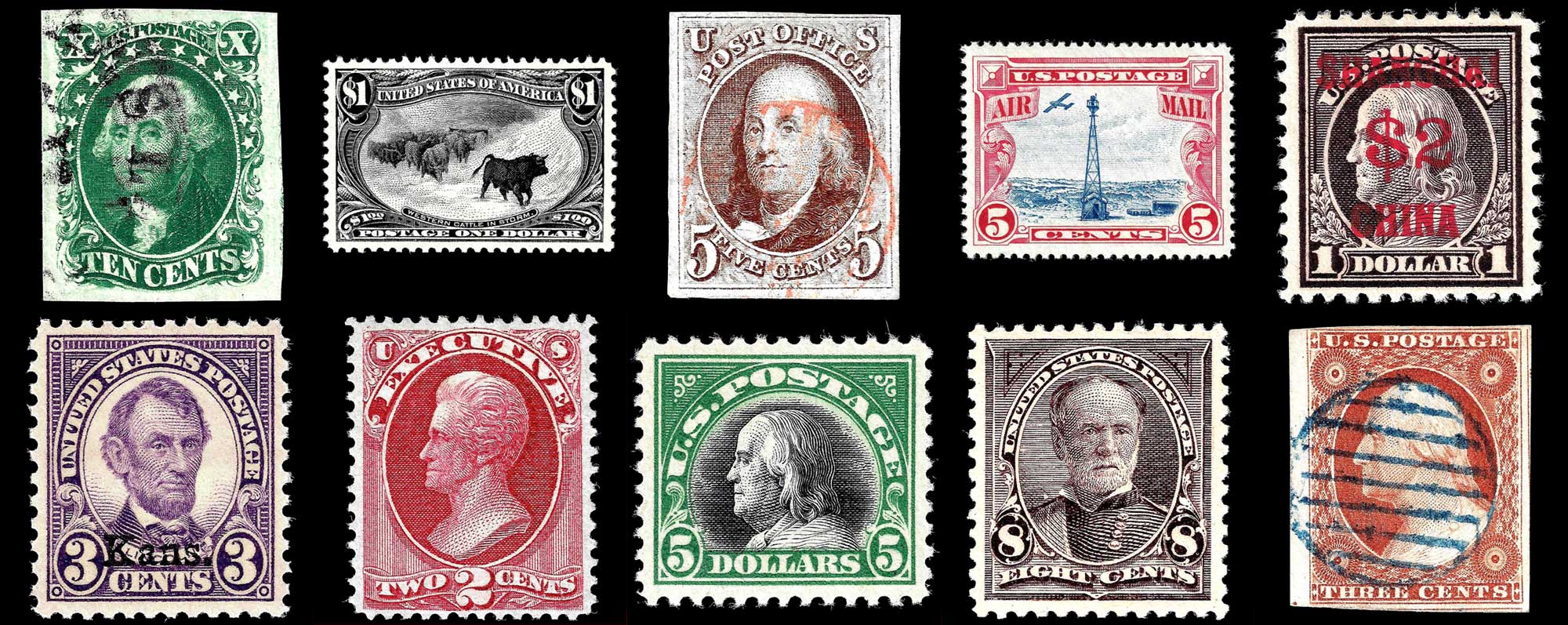The United States stamp Scott #11, a variant in the 3-cent George Washington series, is an important element in American philately. This analysis focuses on its design, postal usage, and identification, distinguishing it from similar issues like Scott #10 and Scott #10A.
Design & Print
Scott #11, characterized as a Type I design, exhibits specific design features that are crucial for its identification. The Type I design includes an outer frame line on all four sides, with no inner frame lines, a feature it shares with Scott #10. However, Scott #11 is notably different in its coloration – it is predominantly printed in a dull red shade, contrasting with the orange-brown hue of Scott #10. This color distinction is significant, as the dull red tone of Scott #11 ranges in shades from pinkish to claret, with brownish carmine being commonly observed. The ink used for Scott #11 was different from the high-quality Venetian red and vermilion mixture used for Scott #10A, resulting in a less vibrant and more diluted appearance.
Postal Usage
In the postal system of its era, Scott #11 served a variety of functions. It was not only used for standard letter rates but also adapted for foreign mail, reflecting the evolving postal rates and regulations of the mid-19th century. While Scott #10A was predominantly used until the end of May 1852, Scott #11’s usage extended beyond this period, marking it as a more enduring stamp in postal history.
Identification
Identifying Scott #11 involves understanding its susceptibility to discoloration, a contrast to the more stable ink composition of Scott #10A. Scott #11 stamps are more prone to significant color changes when exposed to sulfides, often resulting in a darkened appearance. This characteristic is a key differentiator from Scott #10A, which exhibited greater resistance to such environmental effects. The cancellation marks and usage dates are also important for identification. Stamps used after May 1852, especially with cancellations indicating a later period, are likely to be Scott #11. The dull red color, in combination with the specific characteristics of the Type I design, aids in distinguishing Scott #11 from other variants in the series.
In summary, Scott #11 is a unique and significant stamp in the United States postal history, defined by its Type I design, distinctive dull red color, varied postal usage, and specific identification features. Understanding these aspects is essential for philatelists and historians to accurately place and appreciate Scott #11 within the broader narrative of American philately.









































Ask A Question Or Leave A Comment